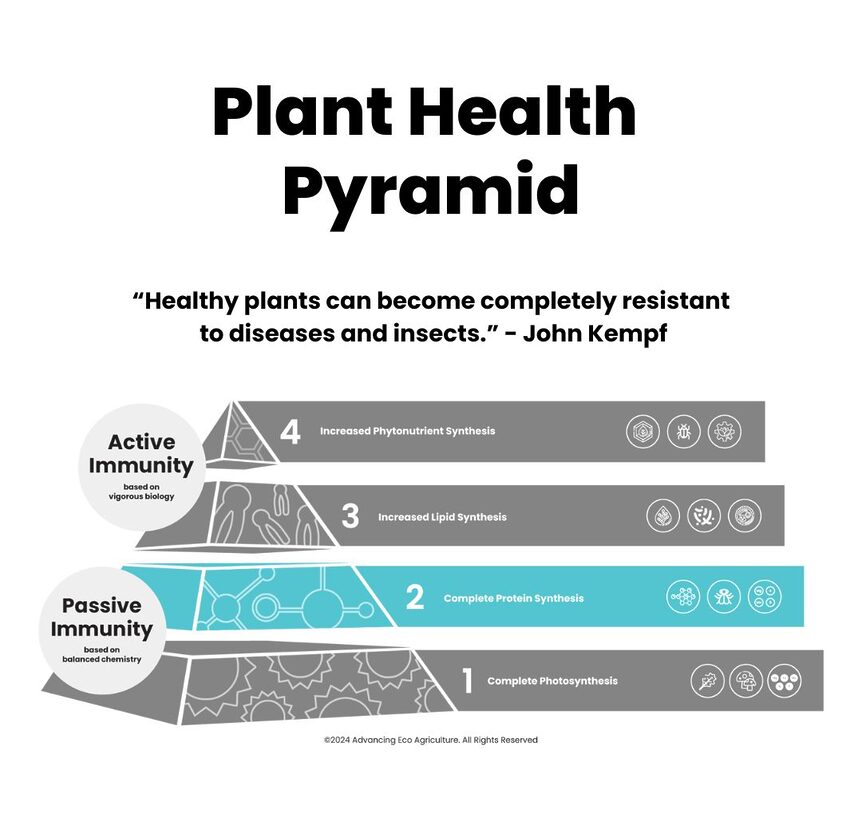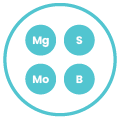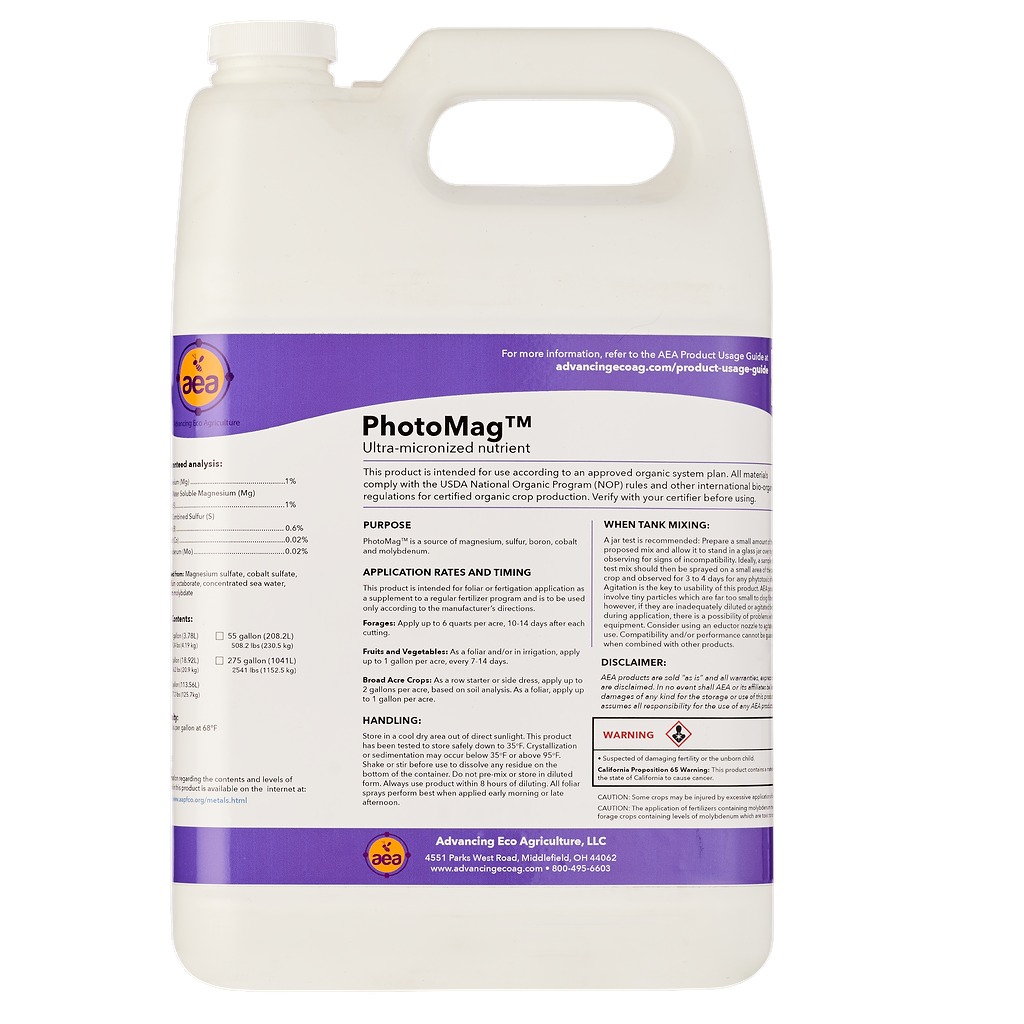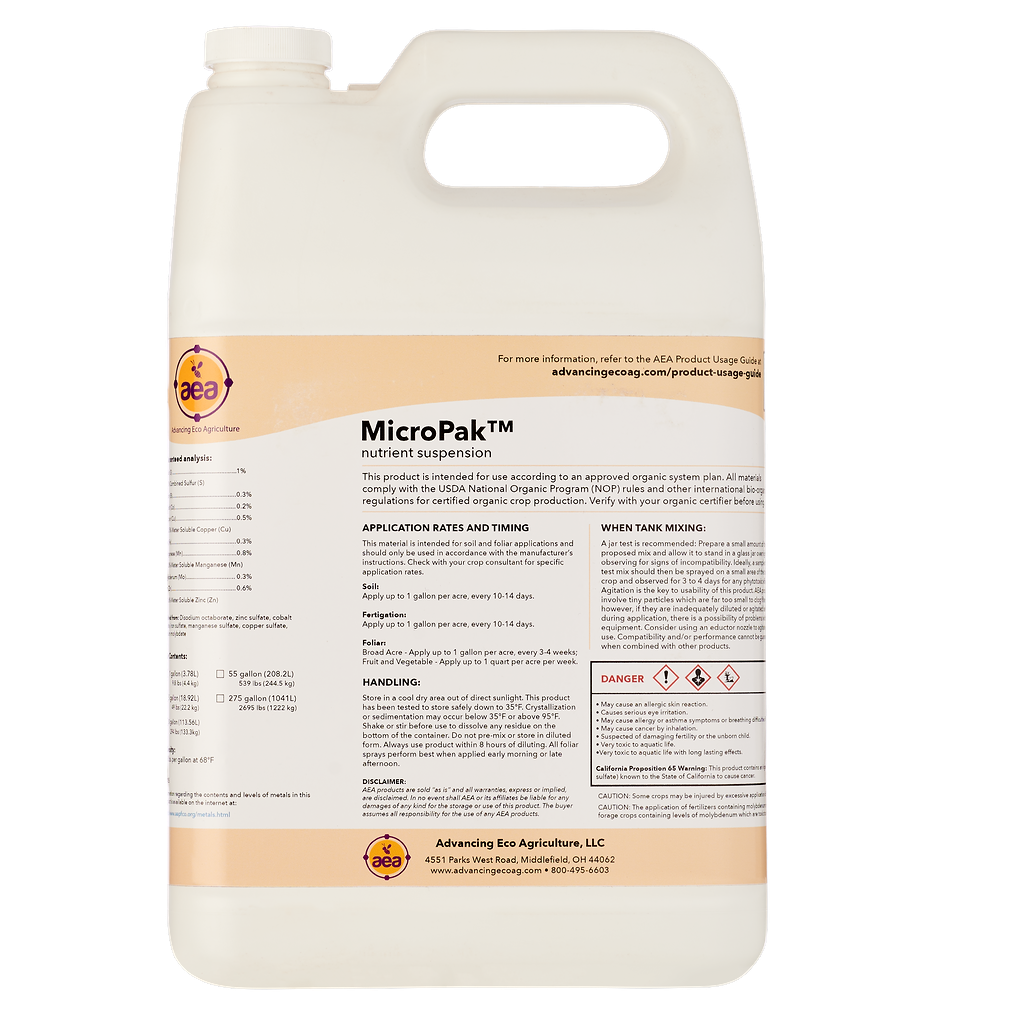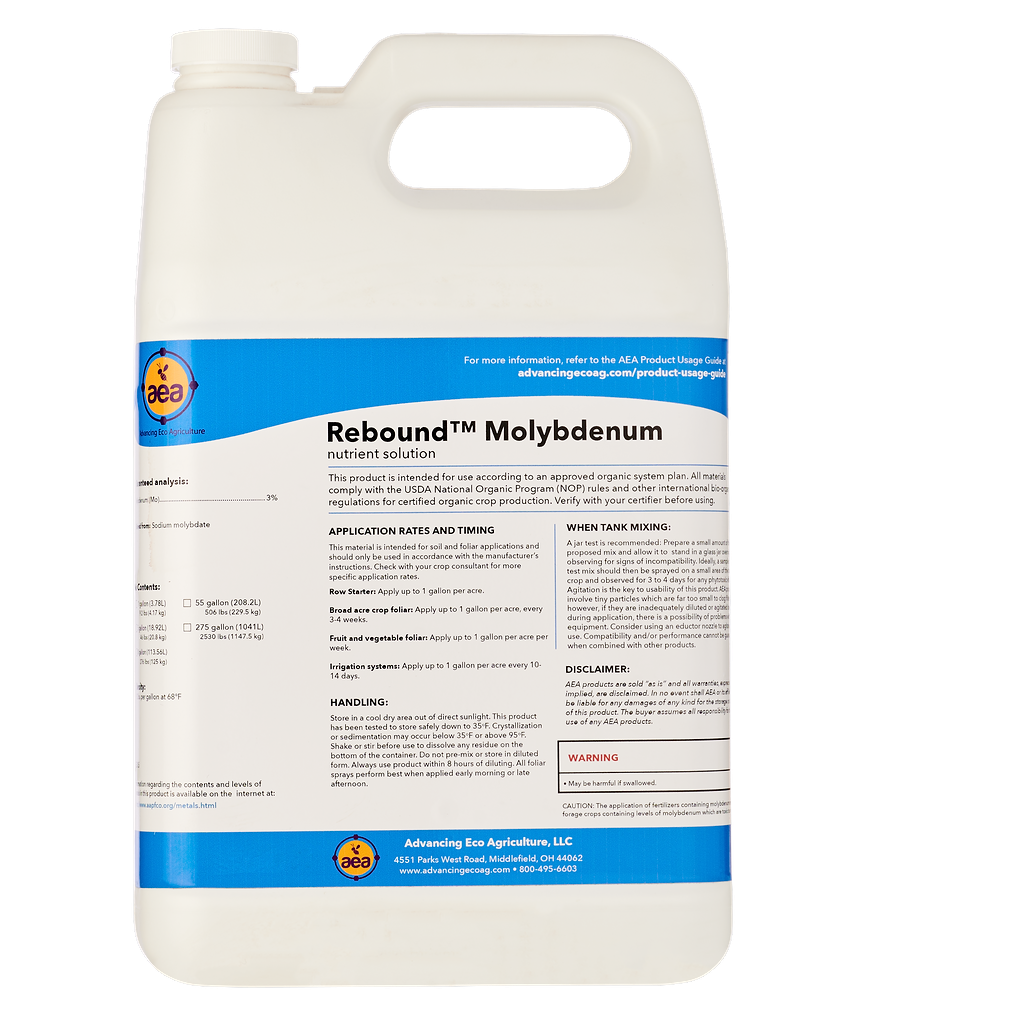Last week we introduced John Kempf’s idea of the Plant Health Pyramid, which outlines the 4 levels of health a plant passes through to achieve resistance to pests and diseases. We outlined Level 1, in which plants photosynthesize completely, create a higher volume and quality of sugars, and become resistant to soil-borne fungal pathogens. That level of health is achieved when the plant has an adequate supply of Magnesium, Iron, Manganese, Nitrogen, and Phosphorus. Today, we’ll progress into Level 2 of the Plant Health Pyramid.
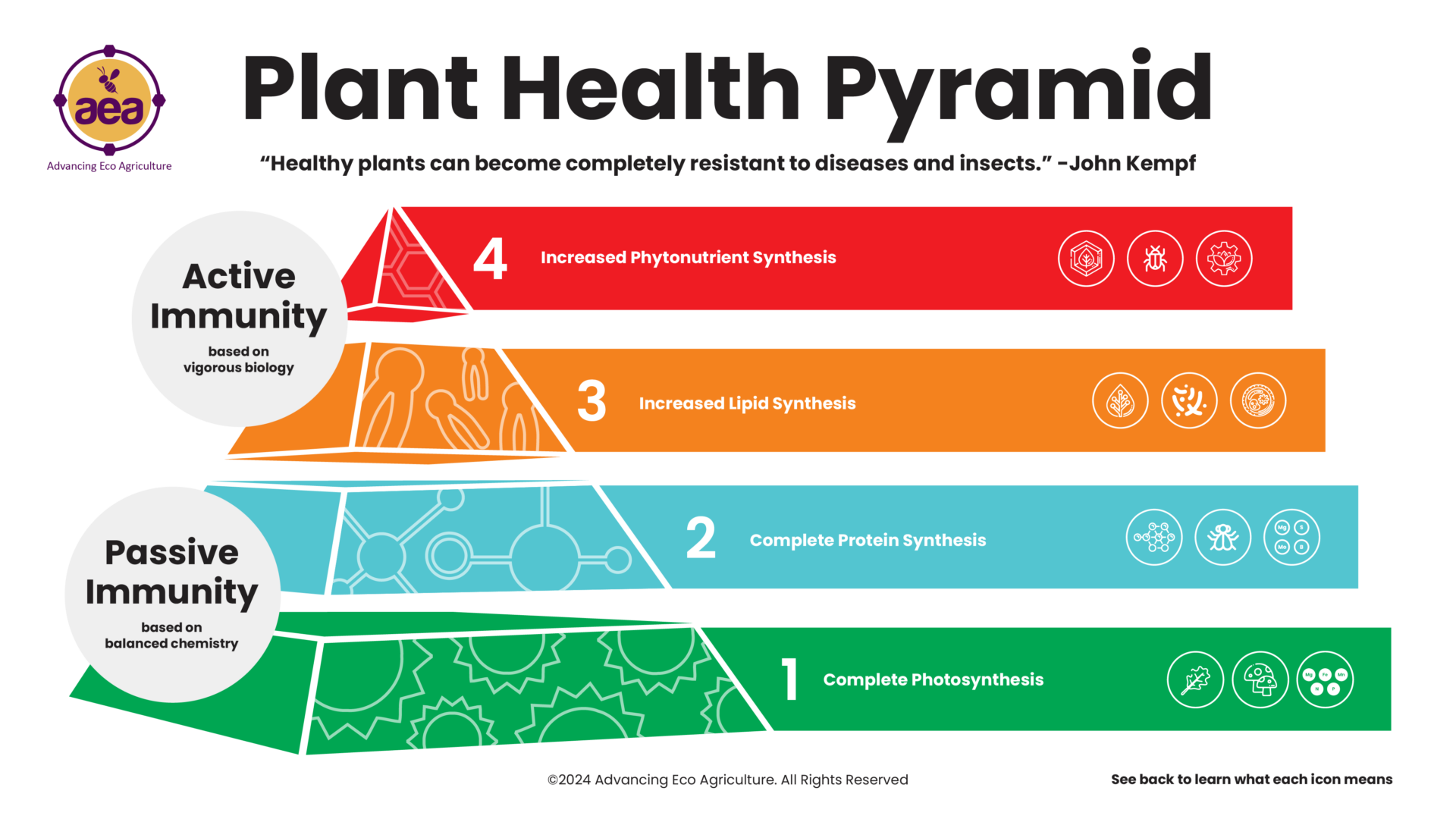
Level 2: Complete Protein Synthesis

In Level 2, plants synthesize complete proteins. That means that all the forms of nitrogen the plant absorbs–ammonium, urea, nitrates, or amino acids–are quickly converted into complete proteins. This process can be validated by plant sap analysis: nitrate and ammonium levels will appear as 0 on the sap test, but the plant will have abundant levels of total N.

Insect resistance
In level 2, plants become resistant to insects with the simplest digestive systems: the larval and sucking insects. These include:
- tomato hornworm
- cabbage loopers
- corn borers
- corn ear-worms
- aphids
- leaf-hoppers
- white flies
- thrips
Plants achieve this resistance by what is referred to as passive immunity. While active immunity is achieved through production of immune compounds, passive immunity simply involves removing the pest’s food source. In this case, these larval and sucking insects feed on soluble nitrates. They cannot digest complete proteins. When the plant is quickly converting all its soluble nitrates into complete proteins, there is no food in its sap for these types of insects, and they will seek other, less healthy, plants to feed on.
Plants in Level 2 can also resist pests like spider mites and thrips that are attracted to high levels of ammonium. We tend to think of these pests as occurring at high temperatures. In fact it’s not the temperature, but the ammonium that shows up at high temperatures that the insects respond to.
Required Minerals
Reaching Level 2 of plant health requires the plant to have adequate levels of four minerals:
- Magnesium
- Sulfur
- Molybdenum
- Boron
The first three (Mg, S, and Mo) are all needed for nitrogen synthesis, that is, creating complex proteins out of simple sources of nitrogen. This is how we get nitrate levels to 0 while still having abundant total N.
Boron isn’t directly involved in nitrogen synthesis, but does contribute significantly to pest resistance.
The incredible thing about Level 2 is that plants can begin synthesizing proteins immediately when they have adequate levels of these minerals, meaning that insect resistance can manifest within 24-48 hours of these minerals being applied. Essentially, the insect’s food source is removed, and there is no longer anything for them to feed on.
AEA’s PhotoMag™ supplies the complete suite of Mg, Mo, S, and B. MicroPak™ and MacroPak™ make a great one-two punch, as MacroPak supplies Mg and S, while MicroPak supplies B and Mo.
Balanced Chemistry
While Levels 1 and 2 each involve different physiological processes within the plant and require different minerals to reach, in the field they often can happen at the same time. They are both achieved through chemical solutions, so if all 8 of the required minerals for the 2 levels are supplied in appropriate amounts, the plant can leap from Level 0 right to Level 2.
Next, we’ll discuss Level 3 of the Plant Health Pyramid, which has a fundamentally different mechanism of action, and introduces soil biology into the equation of plant health.
Subscribe to get each blog post to your inbox.
You'll get each post to your inbox (~1x/week).
You may unsubscribe at any time. We value your personal information. Here's our Privacy Policy.
"*" indicates required fields

